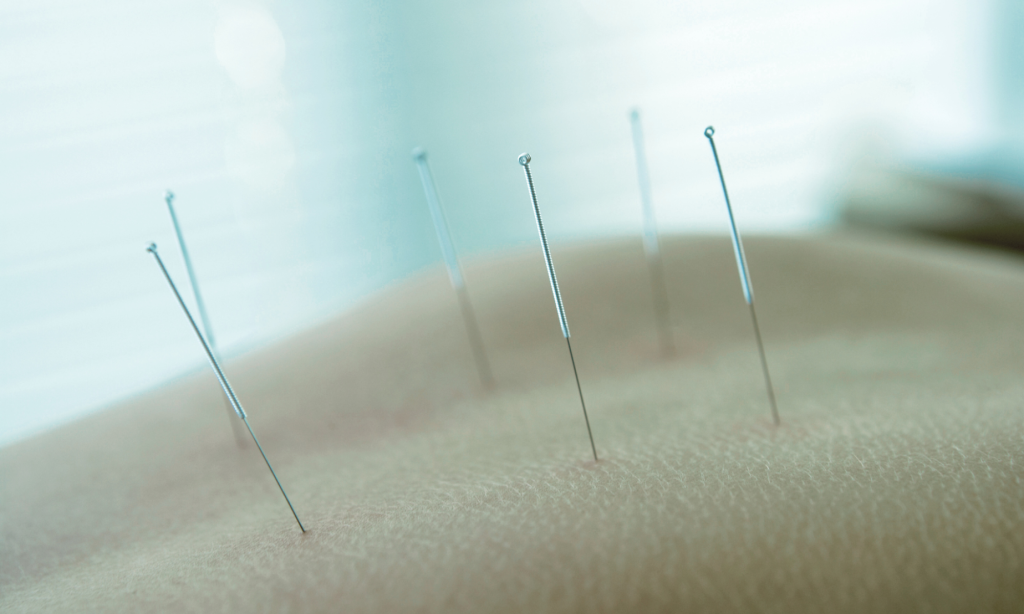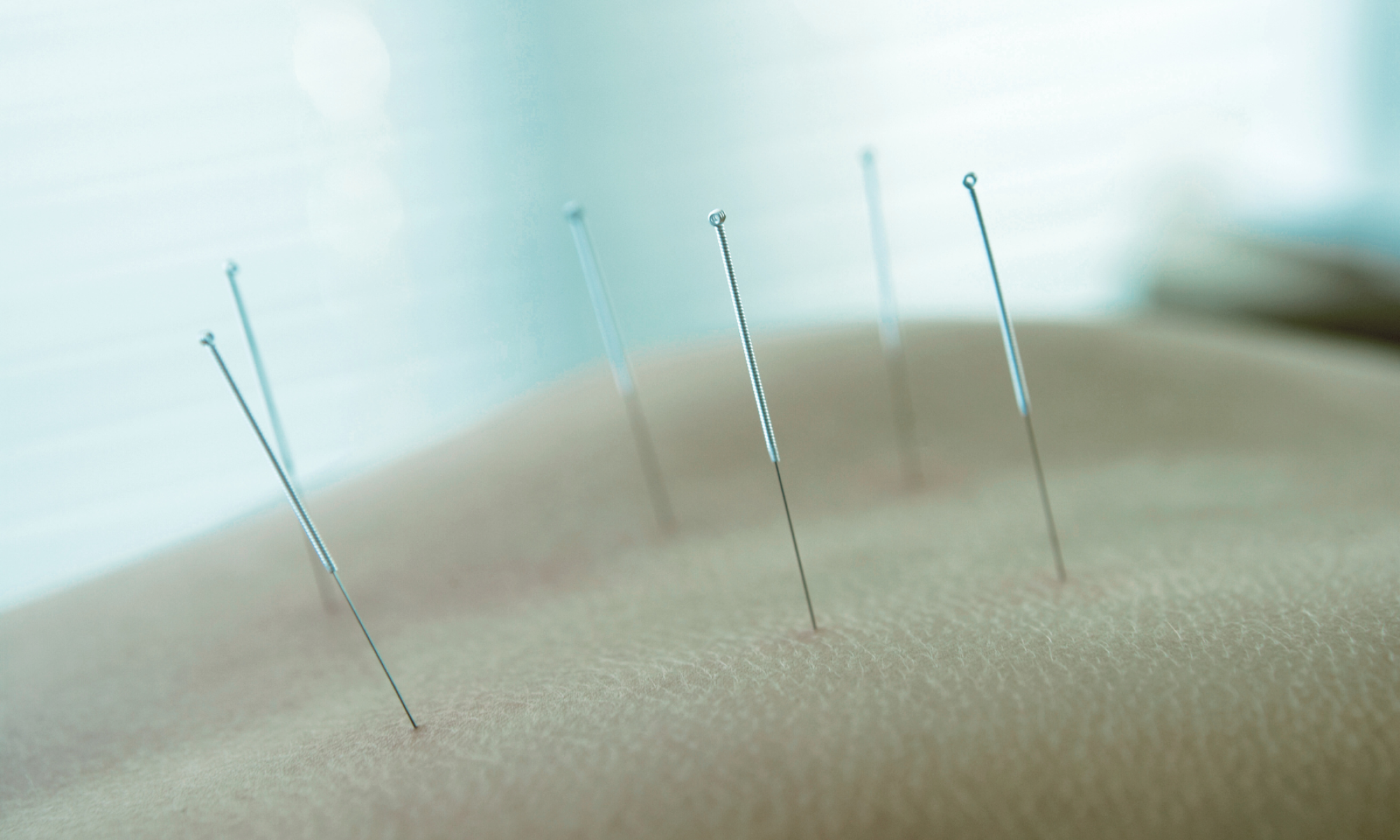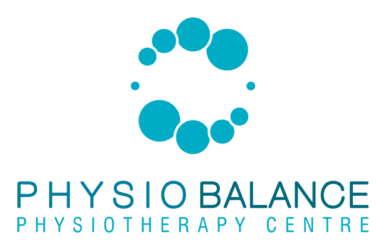
What is Acupuncture:
Acupuncture is an ancient Chinese system of healthcare. It aims to prevent and cure specific diseases and conditions by sticking very fine, solid needles into points of the body. The system aims to restore the balance of qi or energy. Acupuncture improves the body’s functions and promotes the natural self-healing process by stimulating specific anatomic sites-commonly referred to as acupuncture points, or acupoints. The most common method used to stimulate acupoints is the insertion of fine, sterile needles into the skin.
How it works
Medical acupuncture is the use of acupuncture following a medical diagnosis. It involves stimulating sensory nerves under the skin and in the muscles of the body. This results in the body producing natural substances, such as pain-relieving endorphins. It’s likely that these naturally released substances are responsible for the beneficial effects experienced with acupuncture.
Acupuncture Session
Acupuncture points are situated in all areas of the body. Sometimes the appropriate points are far removed from the area of your pain. Your acupuncture practitioner will tell you the general site of the planned treatment and whether you need to remove any clothing. You lie on a padded table for the treatment, which involves:
Needle insertion. Acupuncture needles are inserted to various depths at strategic points on your body. The needles are very thin, so insertion usually causes little discomfort. People often don’t feel them inserted at all.
Needle manipulation. Your practitioner may gently move or twirl the needles after placement or apply heat or mild electrical pulses to the needles.
Needle removal. In most cases, the needles remain in place for 10 to 20 minutes while you lie still and relax.
What can treat
Acupuncture is used mainly to relieve discomfort associated with a variety of diseases and conditions, including:
- Chemotherapy-induced and postoperative nausea and vomiting
- Dental pain
- Headaches, including tension headaches and migraines
- Labor pain
- Low back pain
- Neck pain
- Osteoarthritis
- Menstrual cramps
- Respiratory disorders, such as allergic rhinitis
- ENT disorders
- Respiratory disorders
- Gastrointestinal disorders
- Circulation disorders
- Genitourinary disorders
- Gynecological disorders
- Musculoskeletal
- Psycho-emotional and Neurological Disorders

